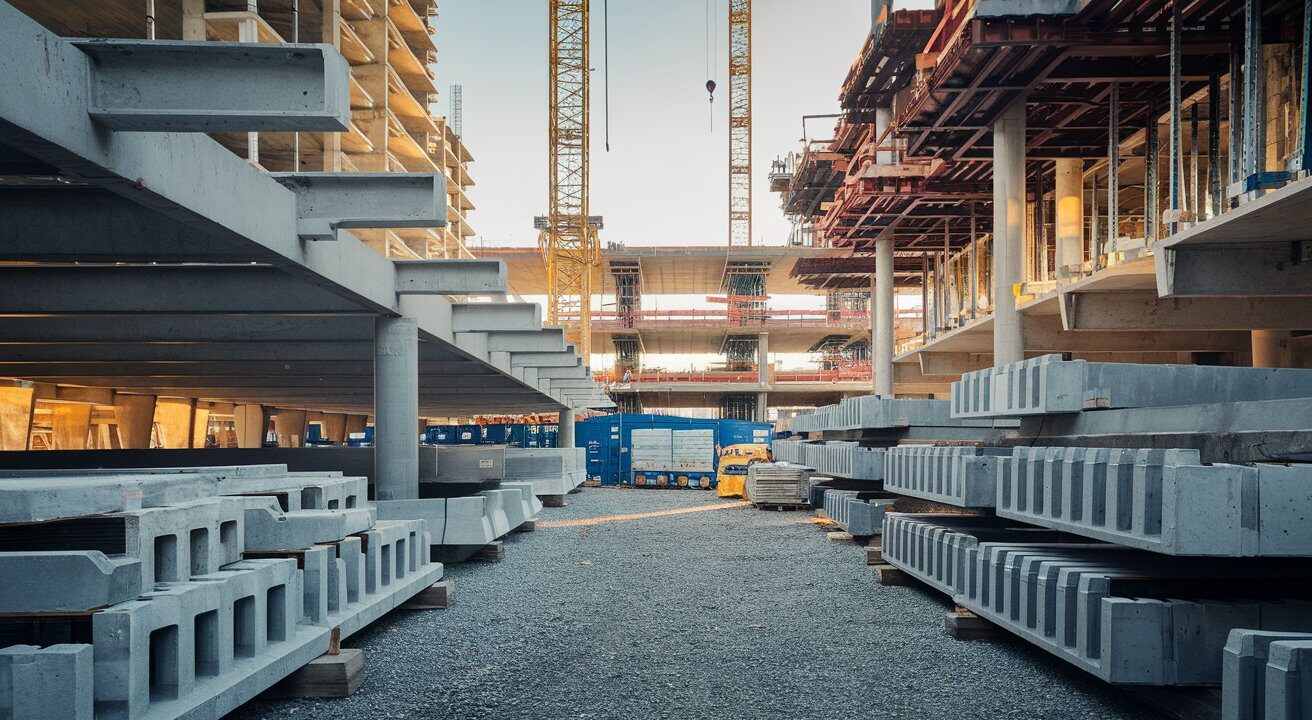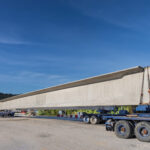When you’re in the market for a precast detailing provider, the stakes can feel pretty high.
Whether it’s a commercial building, a public infrastructure project, or even something more specialized, the quality of your detailing work can make or break the entire job.
And we know—it’s not an easy decision to make.
With so many companies out there promising top-notch results, what exactly should you be looking for?
Let’s break down the essentials, from accuracy to technology, and why they matter when choosing a detailing provider that’ll keep your project on track, on budget, and looking sharp.
1. Accuracy: The Backbone of Quality Detailing
First up, let’s talk about accuracy. Think of precast detailing as the blueprint for your project—if the details aren’t spot-on, you’re setting up for a rough ride.
Accurate detailing means every measurement, every connection, and every specification is exactly as it should be. Miss by just a fraction, and you’re potentially throwing off everything from fit to stability. Mistakes in detailing are like a domino effect; a single error can ripple out, causing delays, extra costs, and even compromising safety.
How do you gauge accuracy in a detailing provider? Look at their track record. A reliable firm should have case studies, testimonials, or some kind of evidence showing they’ve delivered high-precision work.
Ask if they use a standardized quality-check process—like a second (or even third) set of eyes on every detail drawing. It’s this commitment to accuracy that’ll keep you from hitting speed bumps later on.
2. Technology: The Tools That Set Experts Apart
Today’s construction world is as high-tech as it gets, and precast detailing is no exception. At Tekance, we’ve seen first-hand how the right technology can make or break a project.
3D modeling, BIM (Building Information Modeling), and cloud-based collaboration tools are now essential in producing top-tier detailing work. The benefits? You get more precise, realistic models that allow you to spot potential issues before they even reach the construction site.
If a detailing provider isn’t using up-to-date technology, that’s a red flag. You wouldn’t buy a car from the ‘90s and expect it to meet today’s safety standards, right? The same goes for detailing.
A provider who invests in advanced software and modeling tools is showing you that they’re serious about quality and efficiency. Tools like Tekla Structures, Autodesk Revit, and AutoCAD are standards for a reason—they make sure your designs translate seamlessly from screen to site.
3. Expertise: More Than Just a “Been There, Done That”
While technology is a massive plus, expertise is equally, if not more, important. Knowing the ins and outs of precast isn’t something you can learn overnight. It’s about having a team that’s worked on various projects—maybe even in your specific industry—who understand the real-world applications of their detailing work. An expert detailing provider doesn’t just “do the job” but actively contributes to problem-solving and foresees issues before they become real headaches.
Here’s a real kicker: don’t just go by years of experience. Look at the types of projects they’ve handled. An expert precast detailer should be able to talk about past projects with depth and understanding, not just numbers on a resume. And if they’ve got some quirky success stories? Even better. Those tales usually come from challenges that helped shape them into the experts they are today.
4. Communication Skills: Don’t Underestimate the Power of Clear Interaction
Now, this might sound basic, but communication can make or break your relationship with a detailing provider. Think about it: even the best detailers can struggle if they’re not good communicators. This doesn’t just mean answering emails or picking up calls. It’s about proactive communication, like flagging potential issues early on, keeping you updated on progress, or offering advice on ways to optimize the detailing process.
If you’re vetting a company, ask about their communication process. How often will they touch base? What’s their response time like? If you sense hesitation or vague answers, consider it a red flag. Communication might seem like a soft skill, but in a field as technical as precast detailing, it’s essential for building trust and ensuring that every part of your project goes smoothly.
5. Attention to Detail: The Secret Sauce of Quality Work
It’s all in the details. When you’re looking at sample work or past projects from a detailing provider, take note of how meticulous they are. Does their work reflect a high level of thoroughness? Are the small, sometimes overlooked parts—the ones that’ll hold up when real-world challenges come into play—given the attention they deserve? A high-quality provider should be obsessed with details, down to the most minor specifications.
Here’s a story: a client once came to us at Tekance after experiencing several costly mistakes with another detailing provider. They’d ignored some “minor” specs on a model, which led to a whole wall section being out of alignment. The cost? Well, let’s just say the client wasn’t thrilled. But by taking the time to comb through each detail with a fine-tooth comb, we were able to identify the problem and keep it from happening again.
6. Flexibility: Adapting to the Inevitable Changes
If you’ve been in construction for any amount of time, you know that projects can be unpredictable. Weather delays, material availability issues, last-minute design tweaks—things can (and do) happen. A good precast detailing provider is ready to roll with these punches. Flexibility isn’t about agreeing to everything or being passive. It’s about having the tools, processes, and mindset to adapt without compromising quality.
Ask a provider about their approach to changes or setbacks. Do they have protocols in place to adapt to project adjustments? How do they handle tight deadlines or unexpected revisions? A solid detailing provider knows that change is part of the game, and they’ll have systems in place to tackle these challenges without missing a beat.
7. Cost-Effectiveness: Balancing Quality and Affordability
Let’s be real: budget matters. But going for the cheapest option often comes with hidden costs—errors, delays, and subpar work that you’ll end up paying for later. A solid detailing provider isn’t about giving you rock-bottom prices; they’re about offering quality that’s worth your investment. Look for providers that are transparent about their pricing and willing to explain the value behind their numbers.
Remember, you’re not just paying for a “drawing” but for accuracy, expertise, and a smooth process that’ll ultimately save you time and money. Cheap providers often lack these qualities, which can lead to costly mistakes down the road. So, while it might be tempting to go for the lowest bid, consider the bigger picture.
At Tekance, we’ve been through this journey ourselves, learning what works and what doesn’t from years of hands-on experience in the field. That’s why we emphasize these seven qualities when we talk with our clients, as they’re the backbone of every successful project. If you’re looking to learn more about what makes a solid precast detailing provider or ready to start a conversation about your project, check out our services here.
Wrapping It Up: Are You Ready to Make the Right Choice?
Choosing a precast detailing provider isn’t just a decision; it’s an investment in the success of your project. By focusing on accuracy, technology, expertise, and the other factors we covered, you’re setting yourself up for smooth, efficient construction without the stress. So, as you search for the right team, keep these insights in mind. Are you ready to partner with a team that’ll support you every step of the way?








